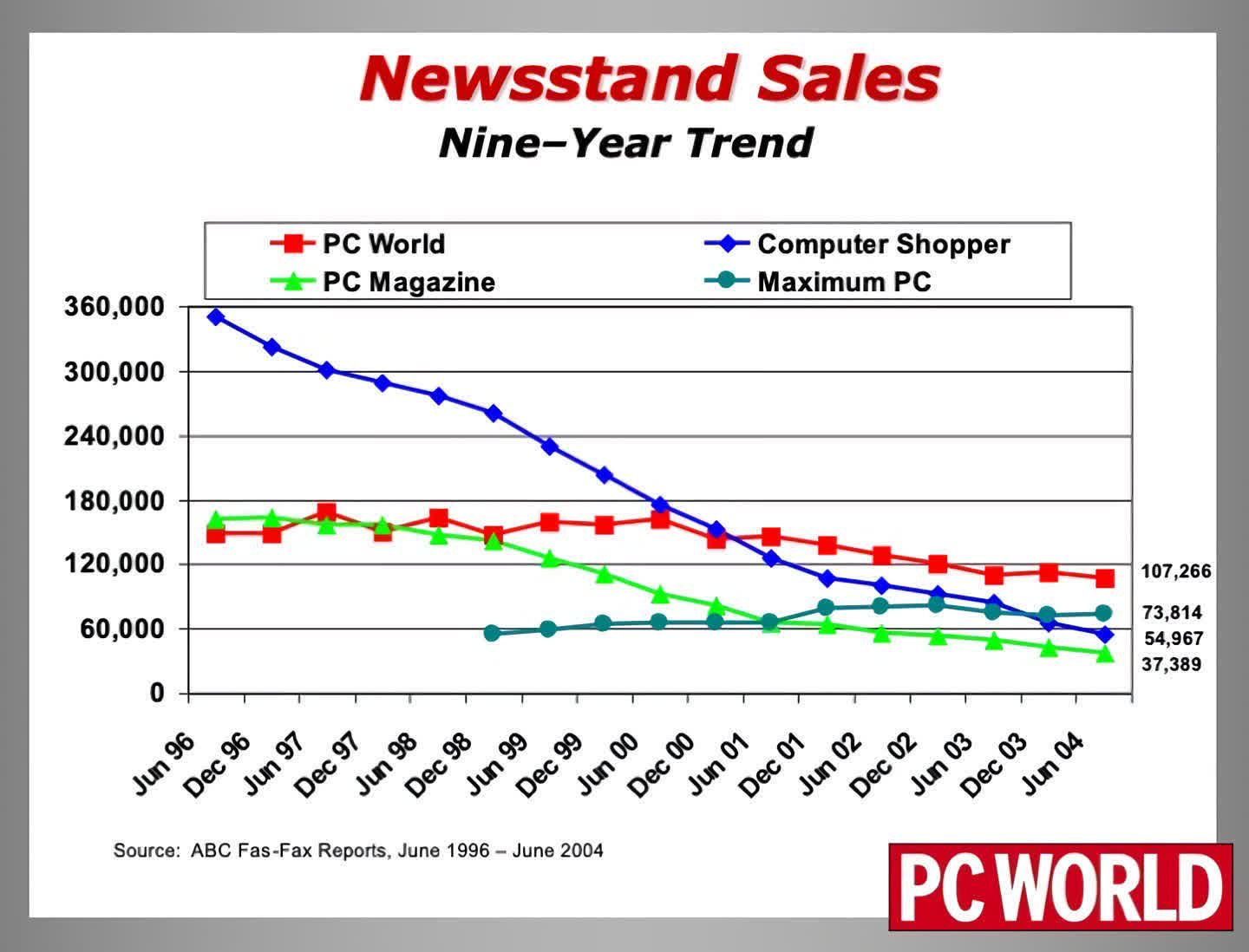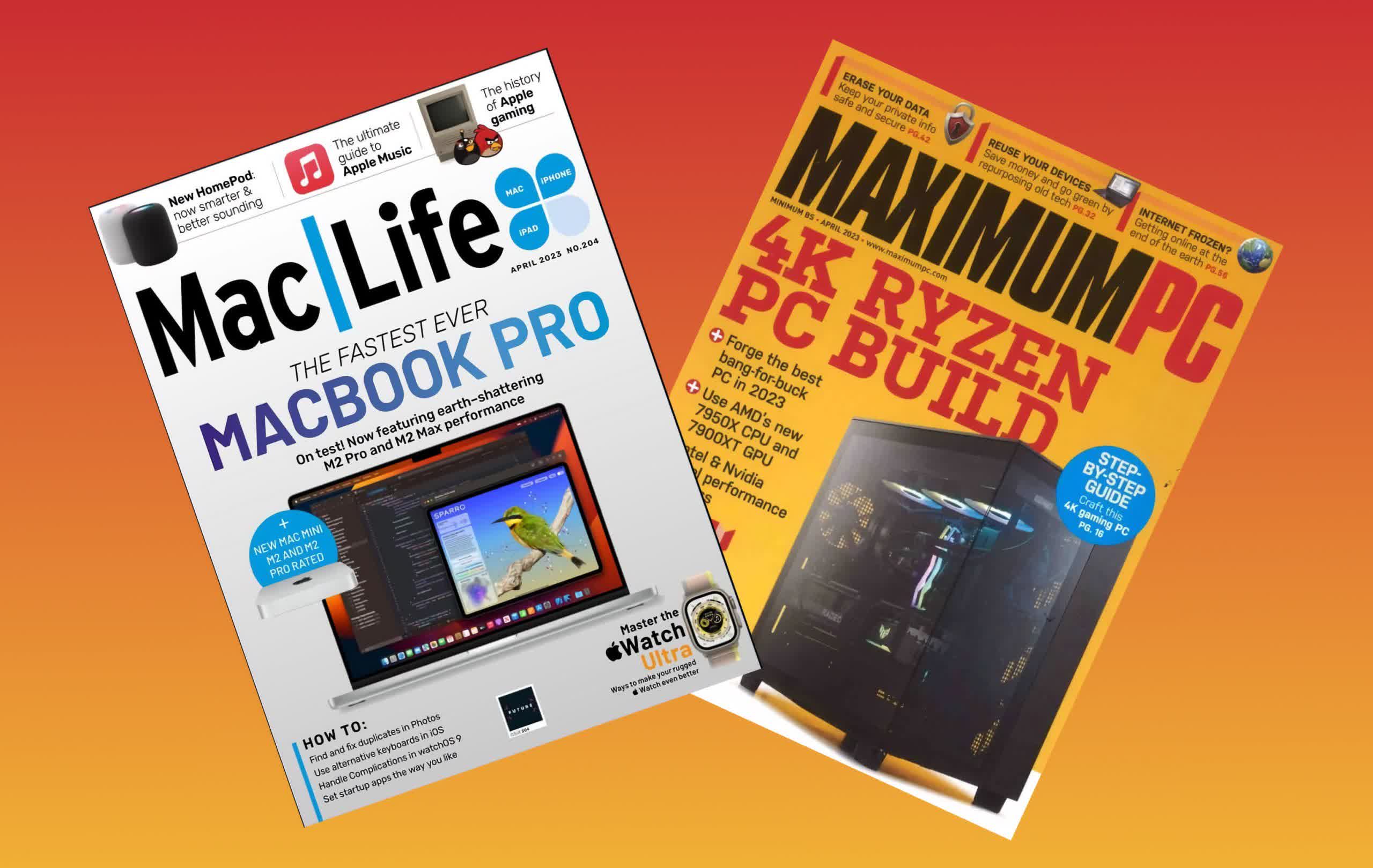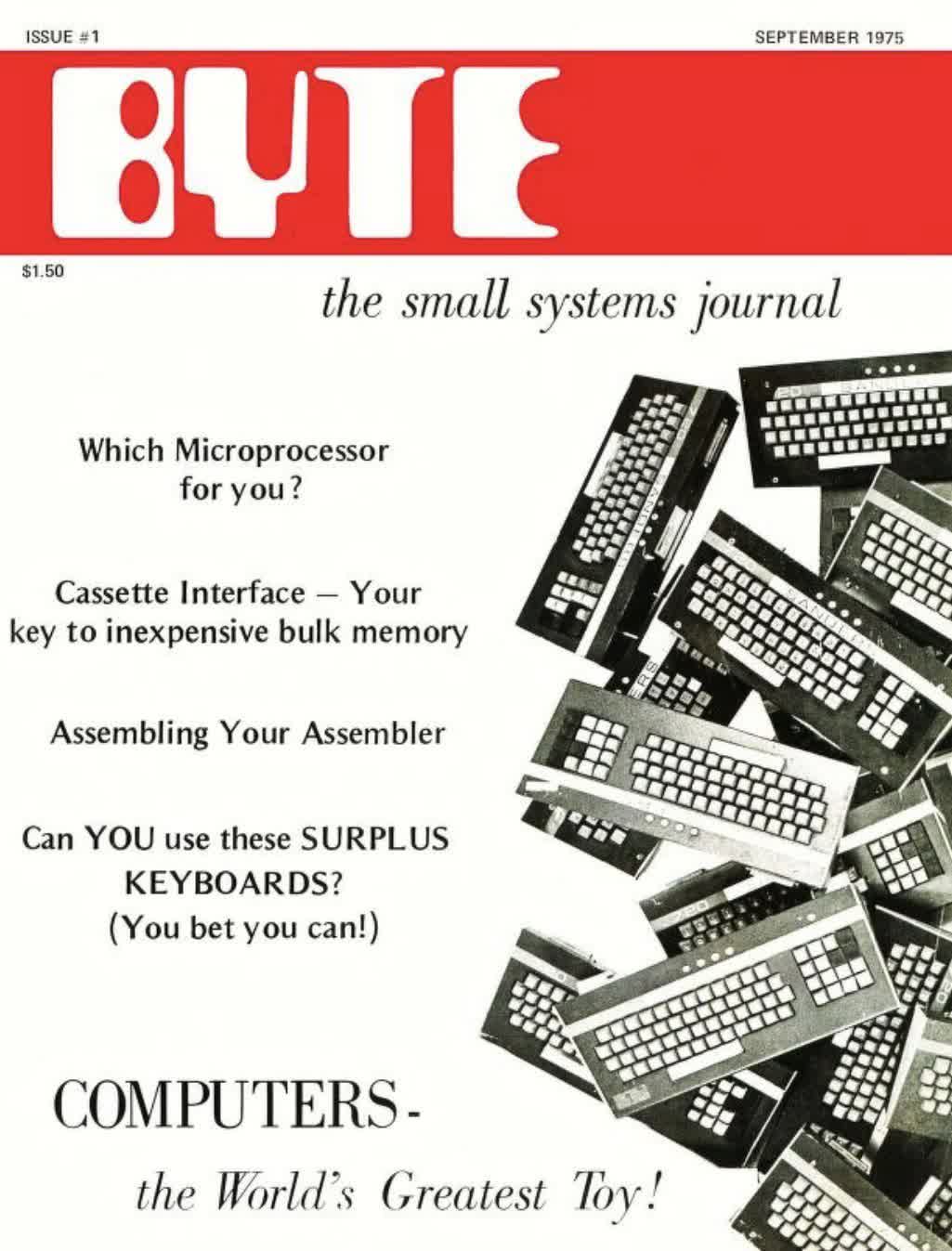Magazines are so retro: If you are anything like me, you probably remember the days when you subscribed to multiple computing magazines. I still have fond memories of typing out the computer programs in the back pages of some publications; I even submitted a few of my own.
When high-speed internet came along, many computing publications began producing digital versions of their magazines online. Those with subscriptions still got their physical copies, but the online component was a nice perk for when readers could not just pick up a magazine and start reading, like at work.
Before long, most computing magazines had online versions and, at some point, started ditching paper. It was easier and cheaper to publish one copy that all subscribers could access online rather than printing hundreds of thousands of physical versions.
Eventually, the crowd of print magazines was whittled down to just two in the United States according to Harry McCracken – Maximum PC and MacLife. Unfortunately, the publications have decided to pull the plugs on their presses. The April editions of both magazines will be their last physical copies, officially ending the era of print computing journalism.
Maximum PC and MacLife began life in 1996 under the names Boot and MacAddict, respectively. Boot changed its name with the September 1998 issue of Maximum PC. MacAddict held on to its monicker until 2007, becoming MacLife as of that year's February issue.
The demise of print media in the computing industry was inevitable. By the 2000s, many prominent magazines had shut down their printing arms and switched to digital only. Byte stopped printing in 1998. Windows Magazine crashed in 2002, and the succinctly titled PC Magazine (now PCMag) published its last issue in 2009. Computer Gaming World went entirely out of business with its November 2006 issue.
Technologizer editor Harry McCracken said that while the writing was on the wall, many pubs, including PC World, where he worked at the time, were in a suspended state of denial.
"Indeed, the entire computer magazine category spent years in Wile E. Coyote mode," McCracken wrote last week. "We'd blithely walked off a cliff – it's just that gravity hadn't kicked in yet."

Print advertising also played a big part in the decline of computer publications. Once advertisers realized replicating ads on web pages was cheap and easy, they gradually pulled out of print computer magazines. Many physical magazine branches shut down for that reason alone. If the pub didn't have the clout of names like PC Magazine, Maximum PC, or PC World, it had no chance of competing against the internet for ad space. Even the almanac-like Computer Shopper plunged from nearly 360,000 readers in 1996 to about 55,000 in 2014.
Many publications continued offering magazine-like layouts in digital form, but even that eventually got abandoned for the more navigable website format we see today. Of course, this also led to publications figuring out new ways to monetize.
Paywalls are common for many online publications but seem to be less prevalent when it comes to computer and tech magazines. Quite a few PC pubs just upped their advertising game and offered free-to-read coverage. Others started hybridizing by having ad-supported free versions with a subscription option that cuts out the advertisements.
If you still have Maximum PC and MacLife subscriptions, hang on to those last issues. They are at least worth the nostalgia and might fetch a reasonable price when your grandkids are going through your stuff in the attic years from now.

